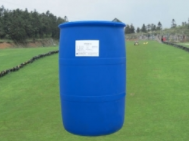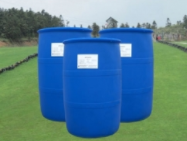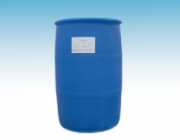Aliphatic alcohol sodium sulfate (AS) is commonly known as K12 in China. Its hydrophobic group is lauryl alcohol or coconut oil alcohol. AS has excellent emulsification, foaming, penetration, decontamination and compatibility, and is an important anionic surfactant of alcohol series. The specifications are powder, needle and liquid, and the varieties are different from sodium salt and ammonium salt (ASA). In liquid washing, AS is often used with AES to make the formulation system more mild and foam richer. AS alone has less detergency than AES, but it is easier to form than AES when used in powder detergent products. Ammonium salts are less irritating and milder than sodium salts. They are often used with AESA in shampoos, shower gels and hand sanitizers.

Aliphatic alcohol polyoxyethylene ether (AEO) is an important non-ionic surfactant, which is mainly used in concentrated detergent, ordinary detergent, laundry liquid and detergent. Because of its strong decontamination and degreasing power, it is generally not used in personal cleaning products such as shampoo, shower gel, hand sanitizer and so on. The hydrophobic groups of AEO are natural alcohols and synthetic alcohols, and the synthetic alcohols are linear alcohols, branched alcohols and isoalcohols.

Natural alcohols are derived from renewable oil resources and have good biodegradability. AEO of natural alcohols should be selected as the main green detergent. The EO number of AEO has a great influence on the decontamination power. As a detergent, products with EO number of 7-9 are generally selected, and when the EO number is below 7, the decontamination power is low or even insoluble in water. For carbon black dirty cloth, AEO-9 is slightly higher than AEO-7; for sebum dirty cloth, AEO-9 is slightly lower than AEO-7.
Fatty acid methyl ester ethoxylates (MEE) are new nonionic surfactants emerging in recent years. Compared with AEO, the hydrophobic group of MEE is fatty acid methyl ester, and the latter is fatty alcohol. Fatty acid methyl ester is one of the main sources of aliphatic alcohols. Fatty acid methyl ester is used to prepare MEE directly by insertion polymerization with EO. The process route is shorter than AEO. It has the advantages of low cost and good performance. It belongs to a typical green surfactant variety and is a new generation of non-ionic surfactant with development potential. China Institute of Chemical Industry has formed the industrial production capacity of MEE, and has been successfully applied in Qiqiang laundry powder of Nanfeng Group [31]. Compared with AEO-9, MEE has a slightly lower decontamination power. However, the price of MEE is lower than that of AEO-9, so its performance-price ratio is not low.

Coconut amide propyl betaine (CAB) is a new amphoteric surfactant developed after BS-12 (dodecyl betaine). BS-12 is a typical amphoteric surfactant which has been used in shampoo for a long time, but it has been basically replaced by CAB. The main reason is that the latter is less irritating, and the synthetic route is shorter and cheaper. It has been widely used in shampoo, shower gel and hand sanitizer. In liquid washing, CAB and AES have good compatibility, and their viscosity, salt resistance and low temperature stability are ideal.